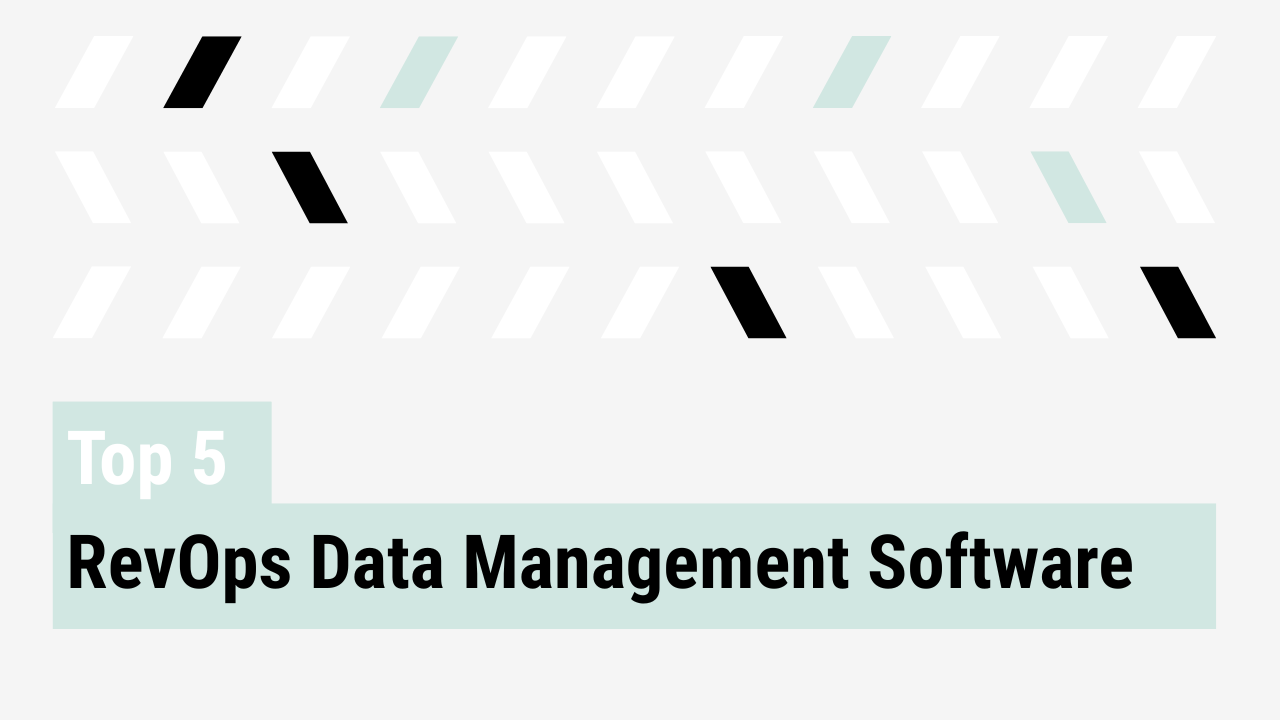Every revenue leader knows the pain of silos. Go-to-market, finance, and product teams operate on different cadences, speak different languages, and often measure success in conflicting ways. The result: inefficiency, misalignment, and stalled growth. A cross-functional RevOps operating model offers a solution. By structuring cadences and governance across these functions, leaders can transform fragmented execution into a unified revenue engine.
Why governance matters in RevOps
Governance is the operational backbone that keeps cross-functional execution consistent. Strong governance ensures:
- System discipline – Defined ownership, change control, QA audits
- Process consistency – SLAs, routing rules, escalation paths, RACI definitions
- Behavioral alignment – Standardized cadences for pipeline reviews and feedback loops
- Data integrity – Ongoing audits, normalization, and clear accountability
For GTM teams, governance eliminates confusion in forecasting, pipeline definitions, and attribution models. Without it, sales leaders often debate numbers instead of focusing on execution. Finance depends on governance to trust the revenue data flowing into budgets, compensation models, and forecasts, enabling more accurate planning. Product teams also benefit when governance ensures that usage, adoption, and feedback data are consistently tracked, helping them tie product outcomes directly to revenue performance.
With these elements in place, RevOps shifts from tactical support to strategic operator.
Cadences as the rhythm of alignment
Governance comes to life through cadence. Weekly pipeline checks, biweekly lead conversion reviews, and monthly campaign ROI sessions keep teams accountable. Rolling OKRs, quarterly retrospectives, and scenario planning add adaptability. A steering committee anchors these rhythms, ensuring they remain consistent and aligned with executive priorities.
For GTM teams, regular cadences create predictability and accountability, ensuring reps maintain pipeline hygiene and conversion discipline. Finance uses cadence-driven reviews to track revenue performance in near real time, shortening the feedback loop between financial strategy and execution. Product teams join cadence reviews to see how feature adoption impacts customer expansion and pipeline health, helping them prioritize product investments based on measurable outcomes.
Integrating GTM, finance, and product into RevOps
The strength of a cross-functional operating model shows up in integration.
- GTM alignment: RevOps enforces territory models, forecasting, and attribution that everyone can trust. Leadership gains clarity, while teams stay focused on execution.
- Finance collaboration: Joint ownership of operating plans, headcount models, and compensation aligns growth goals with financial discipline. RevOps provides forecasting rigor; finance provides guardrails.
- Product partnership: Customer usage data and feedback inform product strategy. RevOps ensures insights flow back into GTM motions—supporting cross-sell, upsell, and feature adoption.
For GTM, this means less friction and more execution focus, as consistent attribution and forecasting remove ambiguity. Finance gains visibility into the levers that actually drive revenue, making it easier to validate investments and manage risk. Product teams see their work directly connected to commercial impact, ensuring innovation aligns with revenue outcomes rather than isolated feature delivery.
This integration creates a single operating rhythm across GTM, finance, and product. Instead of negotiating from silos, leaders align around one set of numbers, one cadence, and one strategy.
Data, tech stack, and decision-making
A unified data foundation underpins the model. With consistent data models and integrated systems, insights move fluidly across functions. Decision-making shifts from static plans to adaptive execution: rolling forecasts, dynamic territories, and scenario-based planning. RevOps becomes the engine for real-time strategy.
For GTM teams, this means having timely insights to guide territory design, campaign targeting, and pipeline management. Finance gains reliable data to close the gap between forecast and actuals, reducing reconciliation work and improving accuracy. Product teams get visibility into which features drive retention and expansion, empowering them to double down on the most impactful product bets.
Strategic clarity, operational discipline
Designing a cross-functional RevOps operating model is about creating clarity and discipline in how GTM, finance, and product work together. With strong governance, intentional cadences, and shared data, RevOps leaders can align execution, enable faster decisions, and unlock sustainable growth.



